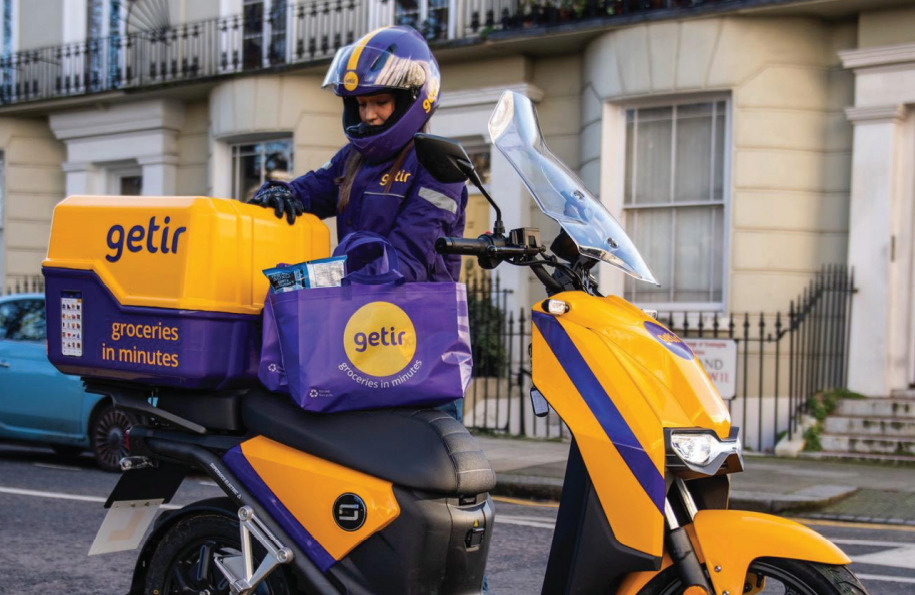Major investment in new rapid grocery online delivery companies represents “the biggest threat to convenience stores”, say experts.
Last week saw the launch of US convenience delivery giant Gopuff in the UK, a company valued at more than £6.29bn.
The new competitor to local shops is not alone. Grocermania, Getir, Gorillas, Weezy, Dija, Fancy, Zapp, Genie, Jiffy and Zoom! 1hr all launched in the past year, offering deliveries of convenience products to doorstep in as little as 10 minutes.
Waitrose introduces Flowbird mobile parking app
Many of the firms, mostly operating in cities across the UK, use ‘dark shops’ – small units closed to the public that are used as local delivery hubs.
These distribution centres enable the companies to quickly pick and pack orders for delivery on mopeds. Some companies will also visit supermarkets to buy goods to fill customer orders.
Explaining the threat to independent retailers, convenience expert David Gilroy told Better Retailing: “Some stores are already offering home delivery through firms such as Snappy Shopper, but how fast can they do it? Getir have been doing this kind of service for a few years and have already honed the model in a congested and difficult city like Istanbul.
“They’ve also got finance behind them. What we’re seeing here is a massive structural change and convenience stores should ignore it at their peril. This could be the biggest threat to the convenience sector.”
Jisp boosts average Bestway basket spend by 500%
Jisp chief customer officer Greg Deacon said: “Previously, an independent retailer’s main competition would be a rival store setting up on the same street as them. Now it’s the delivery drivers who are driving past on their mopeds. If a retailer ignores this, they’re likely to have their customers taken from them.”
CACI location planning consultant Val Kirillovs advised convenience stores to cater to the larger grocery top-up missions that became popular in convenience stores during the coronavirus pandemic.
He said customers still prefer to make these bigger basket purchasing decisions in store, helping local shops retain their share of the local grocery market.
Amazon’s first c-store in UK is strong on price, range & service [PHOTO GALLERY]
Asked what stores should do now to prepare for new competition in their area, Deacon said: “It’s understanding the competition they face and marketing themselves online to customers through social media.
“If the community is hearing from the local retailer, they’re more likely to recommend them to friends and family.”
For retailers selling food to go, Deacon also recommended highlighting the time and care taken to prepare those products. “If you’re ordering fresh food, you want to know it’s been made properly. This isn’t the case with a 15-minute delivery,” he said.
Read more news and articles about digital trends in convenience retail



Comments
This article doesn't have any comments yet, be the first!